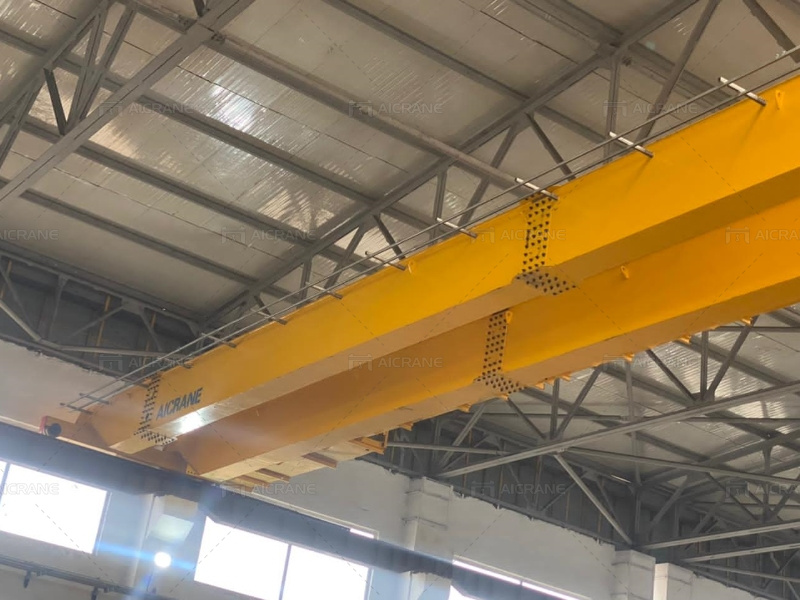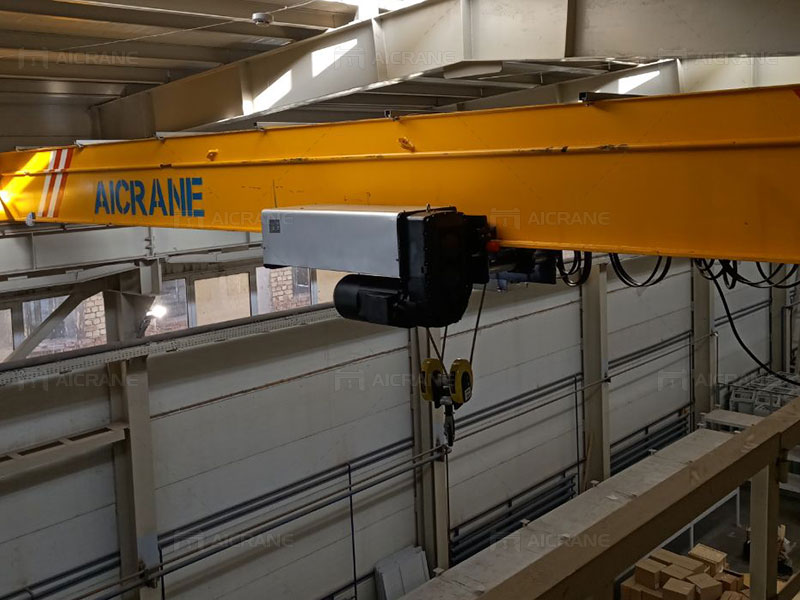In the fast-paced world of industrial operations, efficiency, safety, and precision are paramount. Overhead cranes have long been essential tools in material handling, revolutionizing the way goods are lifted, moved, and transported within warehouses, manufacturing facilities, and construction sites. However, with advancements in technology, overhead cranes have evolved to become even more versatile, efficient, and intelligent. In this article, we’ll delve into the latest technologies shaping the future of overhead cranes and their impact on industrial operations.
Automation and Remote Control
One of the most significant advancements in overhead crane technology is the integration of automation and remote control systems. Automation allows overhead cranes(кран мостовой опорный) to perform repetitive tasks with precision and consistency, reducing the need for manual intervention and minimizing the risk of human error. Remote control systems enable operators to control the crane from a safe distance, providing better visibility and flexibility in operation. This combination of automation and remote control enhances efficiency, productivity, and safety in material handling operations.

Load Sensing and Predictive Maintenance
Modern overhead cranes are equipped with sophisticated load sensing and predictive maintenance capabilities. Load sensing technology allows cranes to monitor the weight and distribution of loads in real-time, ensuring safe and efficient lifting operations. Predictive maintenance systems utilize sensors and data analytics to detect potential issues before they escalate into costly breakdowns, allowing for proactive maintenance and minimizing downtime. By leveraging these technologies, overhead cranes can operate at peak performance while reducing maintenance costs and improving reliability.
Integration with IoT and Cloud Computing
Overhead cranes are increasingly being integrated with Internet of Things (IoT) and cloud computing technologies to enable data-driven insights and remote monitoring capabilities. IoT sensors installed on cranes collect valuable data on performance, usage patterns, and environmental conditions, which is then transmitted to cloud-based platforms for analysis. This data-driven approach allows operators to optimize crane operations, identify areas for improvement, and make informed decisions in real-time. Additionally, cloud-based monitoring enables remote access to crane data and performance metrics, empowering operators to monitor and manage cranes from anywhere with an internet connection.
Enhanced Safety Features
Safety is a top priority in material handling operations, and modern overhead cranes(Кран мостовой электрический) are equipped with enhanced safety features to minimize the risk of accidents and injuries. Collision avoidance systems use sensors and advanced algorithms to detect potential collisions with obstacles or other cranes, automatically stopping or rerouting the crane to prevent accidents. Anti-sway technology reduces load sway during lifting and positioning operations, improving stability and precision. Additionally, real-time monitoring and alerts provide operators with immediate feedback on safety risks, enabling them to take corrective action promptly.
Ergonomic Design and Operator Comfort
In addition to technological advancements, overhead cranes are incorporating ergonomic design features to enhance operator comfort and efficiency. Adjustable control panels, ergonomic seating, and intuitive user interfaces reduce operator fatigue and strain during long shifts, improving overall productivity and job satisfaction. Additionally, ergonomic design considerations such as noise reduction measures and vibration damping systems create a more comfortable working environment, further enhancing operator well-being and safety.
Smart Crane Management Systems
The integration of smart crane management systems(Мостовой кран в цеху) is another groundbreaking advancement in overhead crane technology. These systems utilize artificial intelligence (AI) and machine learning algorithms to analyze crane performance data and optimize operational efficiency. By continuously monitoring factors such as load capacity, travel speed, and energy consumption, smart crane management systems can identify opportunities for improvement and automatically adjust crane settings for optimal performance. This proactive approach to crane management maximizes efficiency, reduces downtime, and extends the lifespan of crane components, ultimately driving cost savings and operational excellence.

Energy-Efficient Solutions
Energy efficiency is a key focus area in modern overhead crane design, with manufacturers incorporating innovative solutions to minimize power consumption and environmental impact. Variable frequency drives (VFDs) control motor speed and power output based on load requirements, reducing energy consumption during idle periods and low-demand operations. Regenerative braking systems capture and reuse energy generated during braking, converting it into electricity that can be fed back into the power grid or used to power other equipment. These energy-efficient solutions not only reduce operating costs but also contribute to sustainability initiatives and reduce carbon emissions, aligning with the growing emphasis on environmental responsibility in industrial operations. Visit website:https://www.aicrane.ru/
In conclusion, innovation in lifting technology is transforming the capabilities of overhead cranes and revolutionizing industrial operations. From automation and remote control to load sensing, predictive maintenance, IoT integration, enhanced safety features, and ergonomic design, modern overhead cranes are smarter, safer, and more efficient than ever before. By embracing these latest technologies, businesses can optimize their material handling operations, increase productivity, and stay ahead in today’s competitive marketplace.